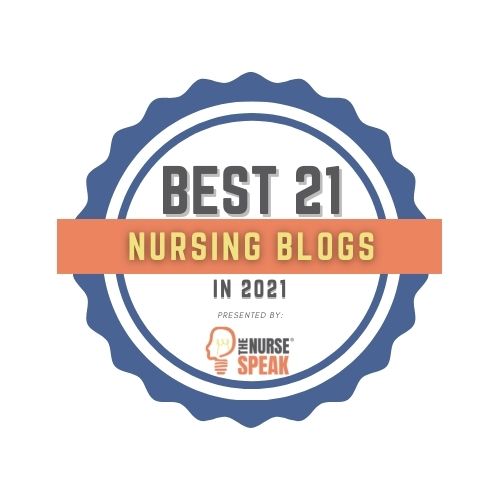
This article was originally published on Kaplan Test Prep’s Calling All Nurses
In part one of this series, we introduced the nine provisions within the code for ethics in nursing as defined by the ANA. In part two of this series, we will identify three of the most common ethical dilemmas nurses face in today’s challenging practice:
Client freedom vs nurse control
Nurses are well-educated in their skill set and aware of the best clinical course of action when it comes to helping their clients meet anticipated outcomes of treatment. But when a patient refuses to accept the plan of care, or denies treatment recommended by the healthcare team, nurses are faced with an ethical dilemma—allowing the client autonomy to make decisions and refuse treatment, regardless of the fact that the nurse understands that refusal of treatment may result in client harm.
The battle of beliefs
Evidence-based and empirical knowledge to a nurse might be completely subjective to a patient with a particular set of religious or personal beliefs. Certain religions and belief systems forbid procedures which could mean the difference between life and death. For example, in some cultures and religions, blood transfusions—even life-saving ones—are unacceptable. If the nurse attempts to explain the benefits of the procedure versus the risks of opting out of treatment, their actions can be received by the client and/or family as disrespectful and offensive. Similar to patient freedom versus nurse control, regardless of the nurse’s beliefs or values, the nurse faces the ethical dilemma of withholding life-saving treatment on the basis of another’s religion or belief system.
Resource management
Nurses are often helping clients when they are at their worst, and in many cases, it is with a patient that is in a medically futile state. As healthcare costs continue to rise, nurses are charged with the task of containing costs of services provided. As a result, nurses are challenged with maintaining a big picture perspective while also delicately handling intensely personal situations on a day-to-day basis. In situations like these, the nurse faces the ethical dilemma of helping families make financial decisions regarding the continuation or discontinuation of treatment, while understanding that a grieving family may lose hope during this very emotional and intense decision-making process.
Stay tuned for part three of this series where we will offer easy strategies for incorporating the nine provisions of ethical nursing standards into your daily practice.
Best Wishes!
-Damion












